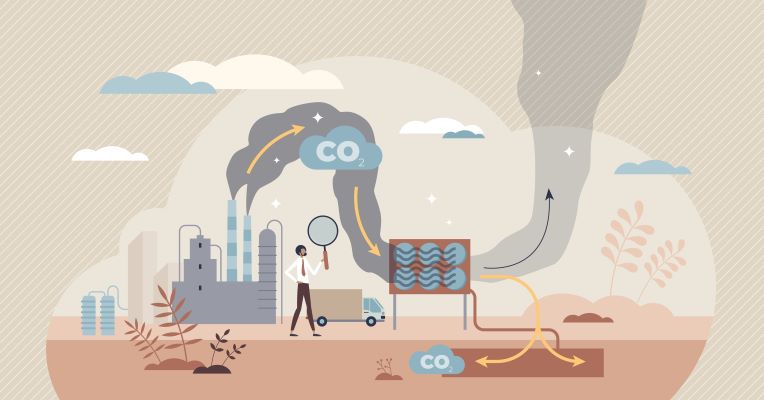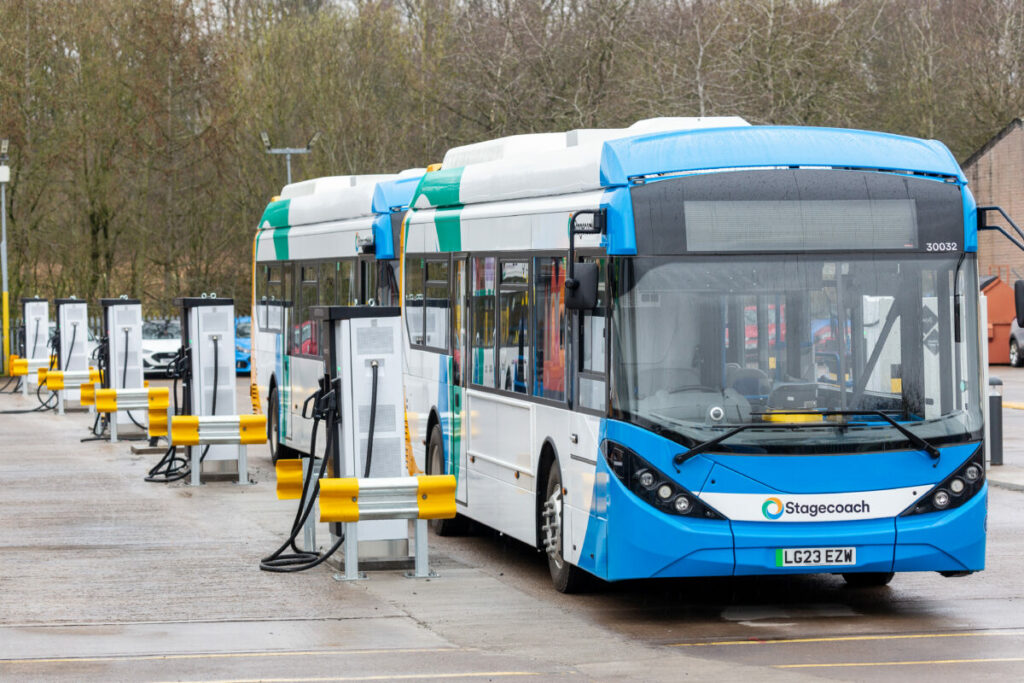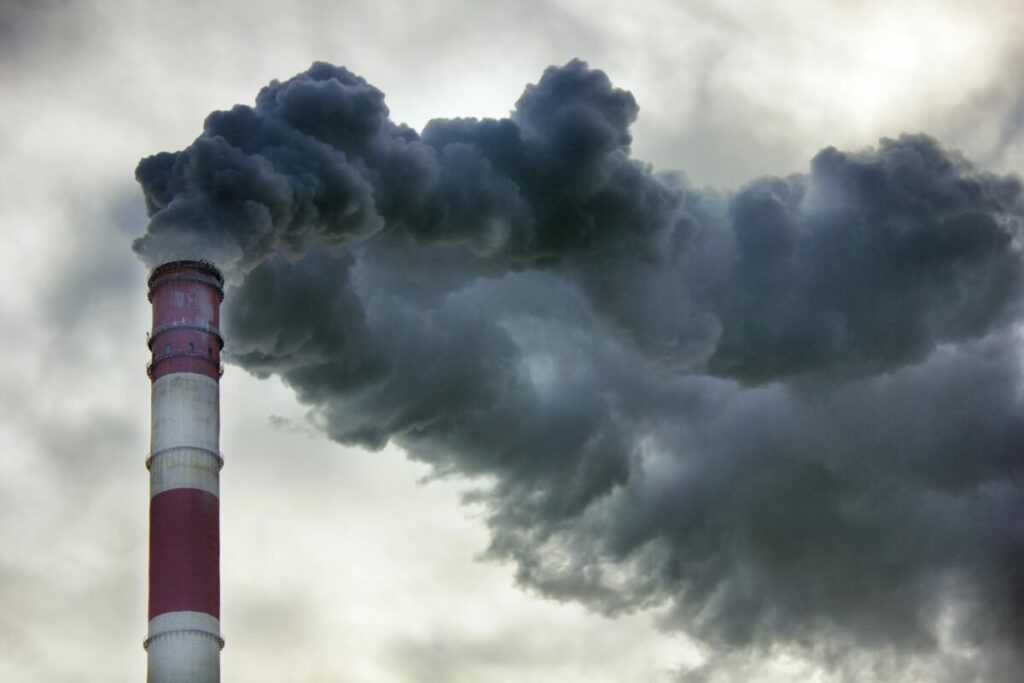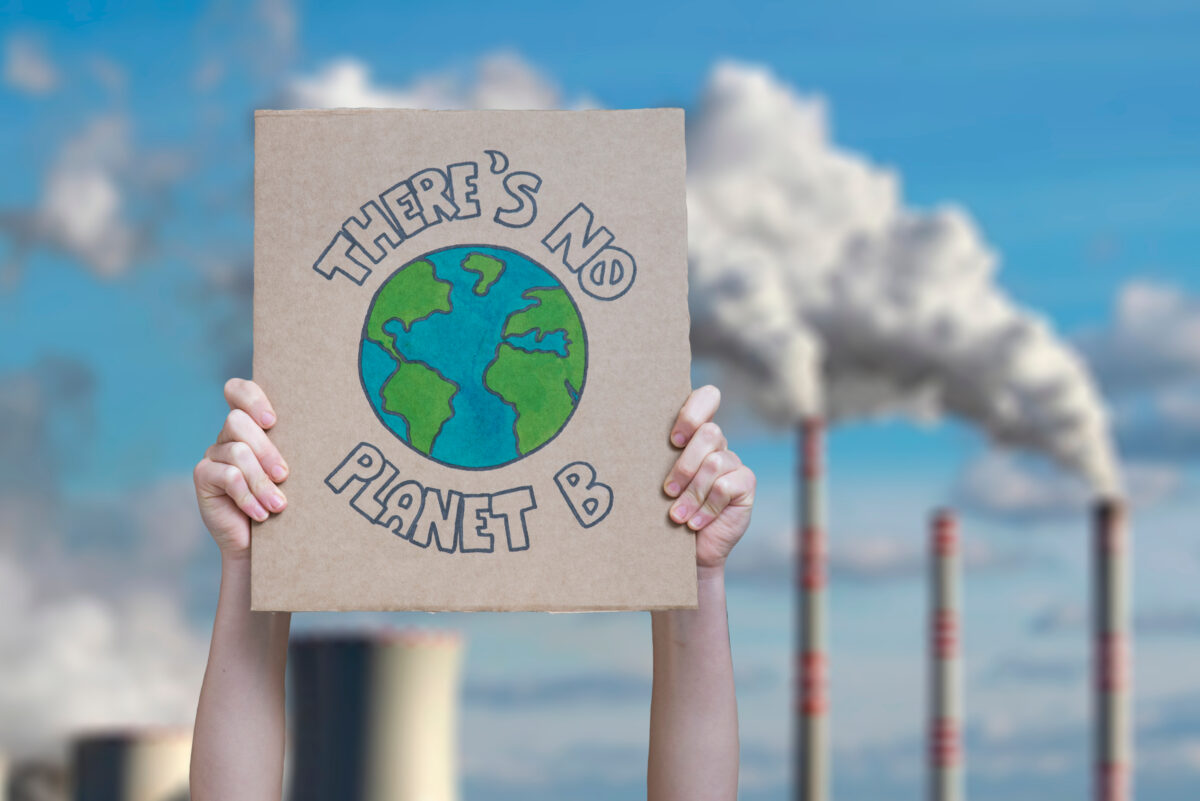Some 14 oil companies such as Shell and Harbour Energy have secured government licenses for North Sea carbon capture.
Shell and Harbour Energy are just two of the 14 companies that have been awarded more than 20 North Sea licences to store carbon dioxide from industrial facilities and then transporting and storing it.
The North Sea Transition Authority (NSTA) claims the companies could help store up to 30 million tonnes of CO2 a year by 2030, or approximately 10% of UK annual emissions.
NTSA chief executive Stuart Payne said that carbon capture and storage will play a “crucial role” in energy transition.
“It is exciting to award these licences and our teams will support the licensees to bring about first injection of carbon dioxide as soon as possible,” he added.
Subscribe to Sustainability Beat for free
Sign up here to get the latest sustainability news sent straight to your inbox everyday
The Offshore Energies UK (OEUK) estimates that the UK would need 100 carbon storage sites or more to reach the government’s 2050 net zero targets.
Policy director Mike Tholen said: “If we get this right, it could not only significantly reduce the UK’s carbon footprint but position us as world leaders in the low carbon space – creating opportunities for UK people and businesses and playing on our industrial strengths.”
Is carbon capture and storage the right way forward?
Carbon capture remains a controversial topic in some areas.
UCL’s professor of energy policy Jim Watson said it could be seen as a “get out of jail free” card for oil and gas companies to continue getting fossil fuels out of the ground.
He added however “we need to do it.”
“If you look at independent assessments, including from the Climate Change Committee, it is hard to see how to decarbonise the whole of industry without some carbon capture and storage,” he continued.
Greenpeace chief scientist Doug Parr said told Sustainability Beat: “Carbon capture and storage is a double edged sword, in that it currently looks necessary for decarbonising some vital industries where other options have yet to be developed, and potentially for removing CO2 from the atmosphere.
“But it has historically been used to greenwash continued fossil fuel dependence in areas where carbon capture and storage is actually the worst approach to decarbonisation, and this is still going on,” he added.
“An example would be blue hydrogen production from natural gas, where there is evidence to suggest that the amount of gas needed and the gas industry’s fugitive emissions can be so high that the hydrogen produced ends having a higher climate impact than just using the fossil gas itself,” Parr continued.















